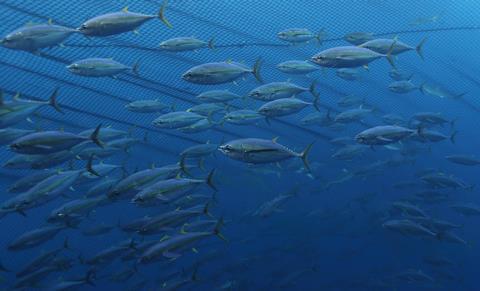
The amount of tuna caught from healthy stocks has fallen significantly over the past six month, according to the latest report from the International Seafood Sustainability Foundation (ISSF).
The foundation’s latest analysis revealed that the level of tuna caught from stocks at healthy levels of abundance stood at 80.5% in March 2022, down from 87.7% in September 2021.
The drop was attributed to the Eastern Pacific skipjack stock – which represents about 6% of the global tuna catch – being downgraded from green to yellow rating due to concerns over the sustainability of the fishery. ISSF has called on the Inter-American-Tropical-Tuna-Commission (IATTC) to conduct a conventional stock assessment as soon as possible to clarify its status as it had not had a conventional assessment since 2012.
In addition, some 9.2% of the total tuna catch came from overfished stocks, and 10.3% came from stocks at an intermediate level of abundance.
The ISSF’s Status of Stocks report pointed out that several global tuna stocks were now overfished or subject to overfishing. These included Indian Ocean yellowfin, Pacific bluefin, Mediterranean albacore, Indian Ocean albacore and bigeye. Suppliers have already been taking action inlight of this situation, with Princes announcing last autumn it had reduced the amount of Indian Ocean yellowfin tuna it sourced by 51% on 2017 levels in response to overfishing concerns last year.
However, some stocks had improved, including the Atlantic Ocean bigeye, which saw both its spawning biomass and fish mortality statuses increase from orange to yellow and orange to green respectively.
ISSF publishes its Status of the Stocks report twice each year, analysing scientific data on the health of 23 major commercial tuna stocks globally.
Its latest report follows calls from major retailers in November for over 30 Pacific-based tuna fisheries to ensure compliance with Marine Stewardship Council certification requirements amid concerns about over-fishing and the sustainability of stocks.







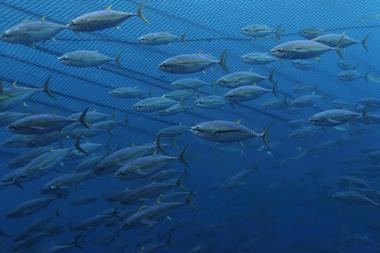
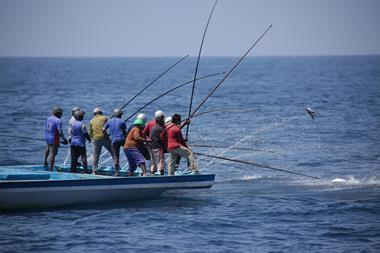
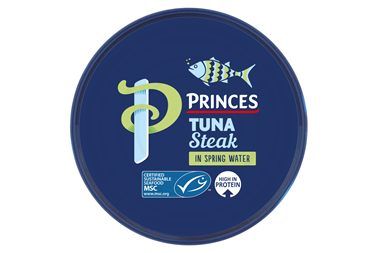
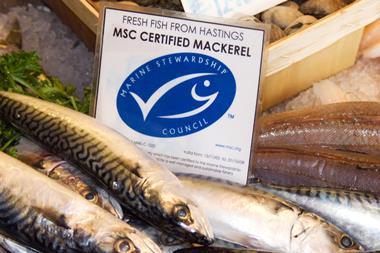

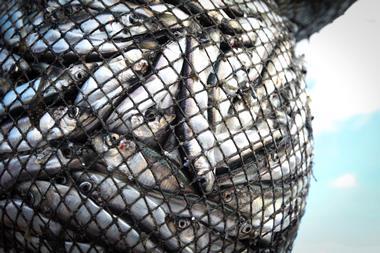






No comments yet